Curriculum Links
Digital Technologies Curriculum Information
1. Introduction to Computational Thinking
Further develop abstractions by identifying common elements while decomposing apparently different problems and systems to define requirements, and recognise that abstractions hide irrelevant details for particular purposes.
Design algorithms represented … in English,
2. Decomposing the Problem
They progress from designing the user interface to considering user experience factors such as user expertise, accessibility and usability requirements.
Define and decompose real-world problems taking into account functional requirements and economic, environmental, social, technical and usability constraints (ACTDIP027)
Design the user experience of a digital system, generating, evaluating and communicating alternative designs (ACTDIP028)
3. Designing an App
They progress from designing the user interface to considering user experience factors such as user expertise, accessibility and usability requirements. Define and decompose real-world problems taking into account functional requirements and economic, environmental, social, technical and usability constraints (ACTDIP027)
Design the user experience of a digital system, generating, evaluating and communicating alternative designs (ACTDIP028)
Design algorithms represented … in English,
4. A Recipe for Success
When defining problems, students identify the key elements of the problems and the factors and constraints at play.
Design algorithms represented … in English,
5. Sequencing
Implement and modify programs with user interfaces involving branching, iteration and functions in a general-purpose programming language
6. Branching
Implement and modify programs with user interfaces involving branching, iteration and functions in a general-purpose programming language
7. Iteration
Implement and modify programs with user interfaces involving branching, iteration and functions in a general-purpose programming language
8. Functions
Implement and modify programs with user interfaces involving branching, iteration and functions in a general-purpose programming language
9. Inputs and Outputs
trace algorithms to predict output for a given input and to identify errors (ACTDIP029)
10. Pseudocode
They design increasingly complex algorithms that allow data to be manipulated automatically, Design algorithms represented diagrammatically and in English,
Using structured English to express algorithmic instructions, for example using conventional statements such as ‘while’ and ‘endwhile’ in a ‘while loop’ when describing interactive instruction
11. Flowcharts
Using diagrams to describe key decisions, for example creating flowcharts using digital systems to describe a set of computational instructions
12. Evaluating solutions
They predict and evaluate their developed and existing solutions, considering time, tasks, data and the safe and sustainable use of information systems, and test, modify and implement digital solutions
Trace algorithms to predict output for a given input and to identify errors (ACTDIP029)
Checking the accuracy of an algorithm before it is implemented, for example desk checking it with test data to see if the instructions produce the expected results
13. Collaborating Concepts
Students plan and manage individual and team projects with some autonomy. They consider ways of managing the exchange of ideas, tasks and files, and techniques for monitoring progress and feedback. When communicating and collaborating online, students develop an understanding of different social contexts, for example acknowledging cultural practices and meeting legal obligations. Plan and manage projects that create and communicate ideas and information collaboratively online, taking safety and social contexts into account (ACTDIP032)
14. Collaborating Wiki
Students plan and manage individual and team projects with some autonomy. They consider ways of managing the exchange of ideas, tasks and files, and techniques for monitoring progress and feedback. When communicating and collaborating online, students develop an understanding of different social contexts, for example acknowledging cultural practices and meeting legal obligations. Plan and manage projects that create and communicate ideas and information collaboratively online, taking safety and social contexts into account (ACTDIP032)
15. Scratch
Developing and modifying digital solutions by implementing instructions contained in algorithms through programs
Developing a digital game that manipulates models of real-world objects
16. Maze
Programming a robot to recognise particular objects and to treat them differently, for example choose objects based on colour
17. Newsletter
“Define and decompose problems in terms of functional requirements and constraints
”
18. Searching
Identify standard elements such as searching and sorting in algorithms
Investigating and designing some common algorithms, such as to search, sequence, sort, merge, control data structures
19. Sorting
Identify standard elements such as searching and sorting in algorithms
Investigating and designing some common algorithms, such as to search, sequence, sort, merge, control data structures
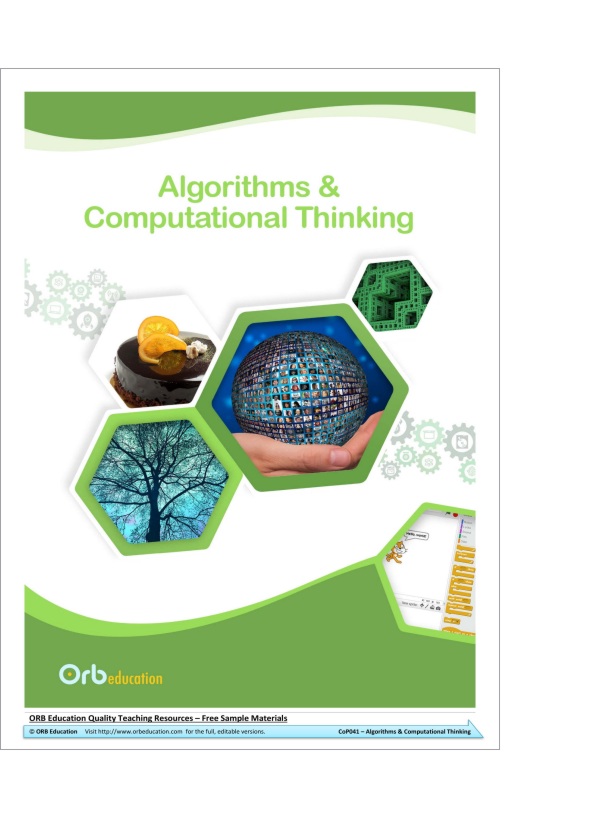
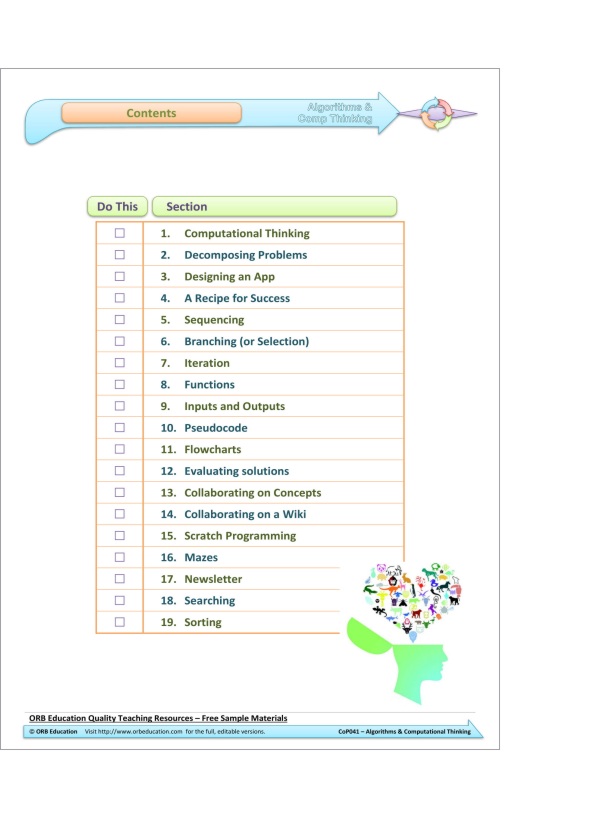
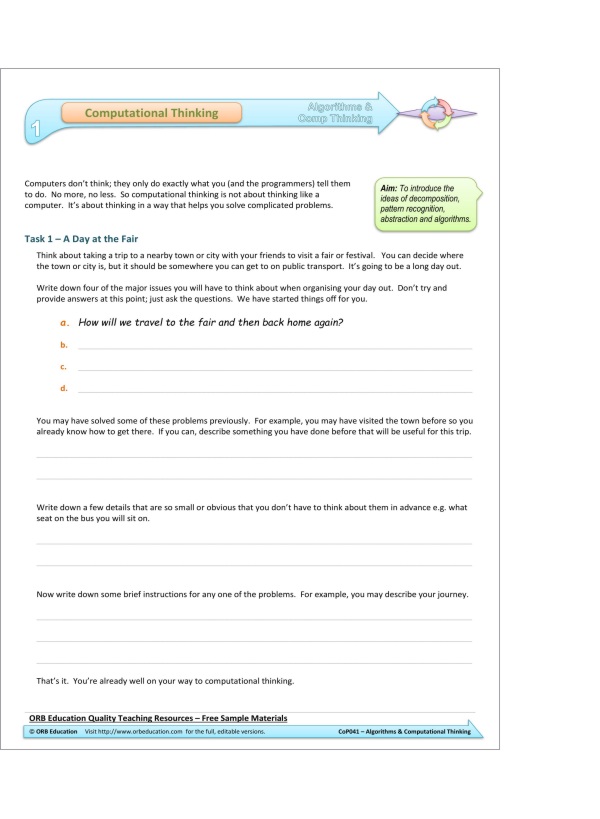
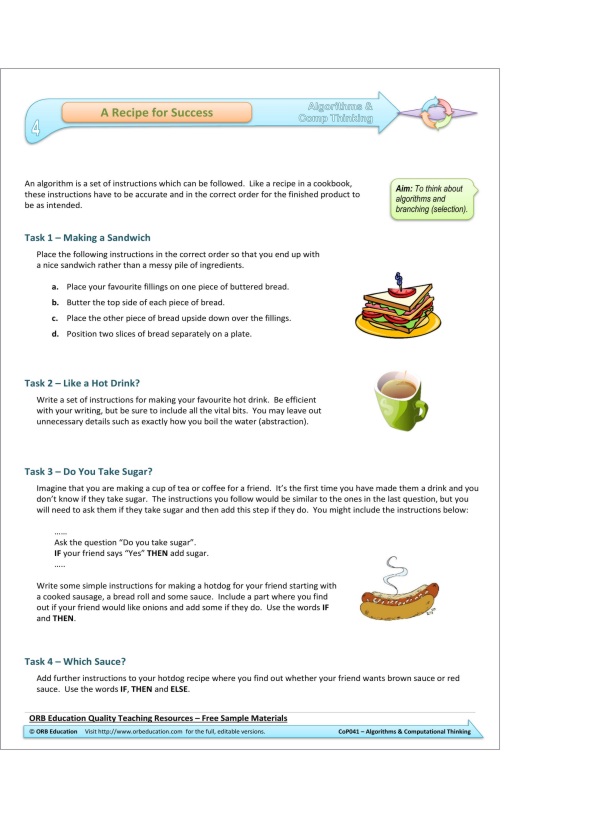
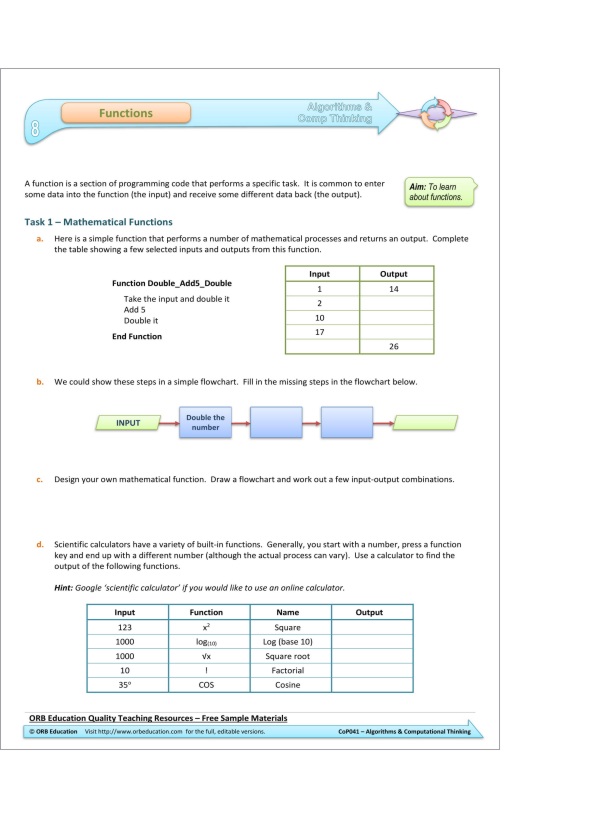
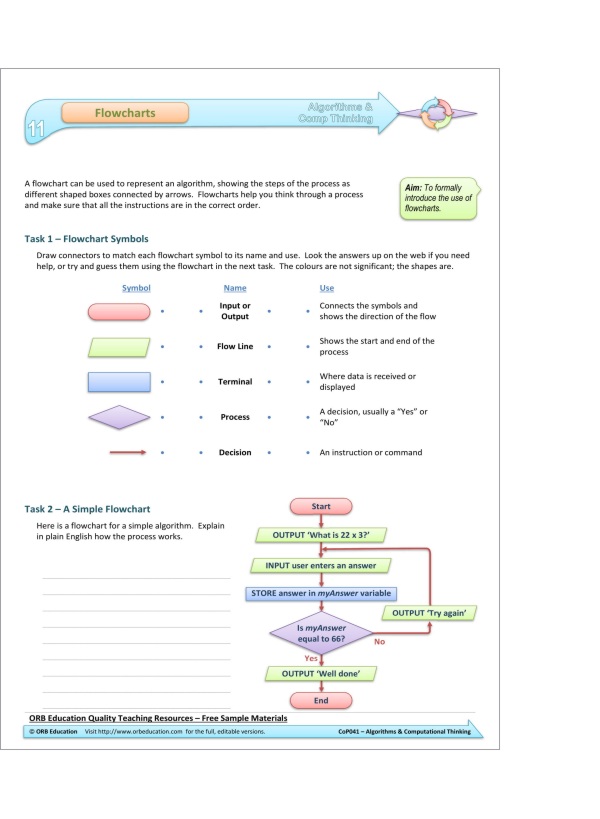
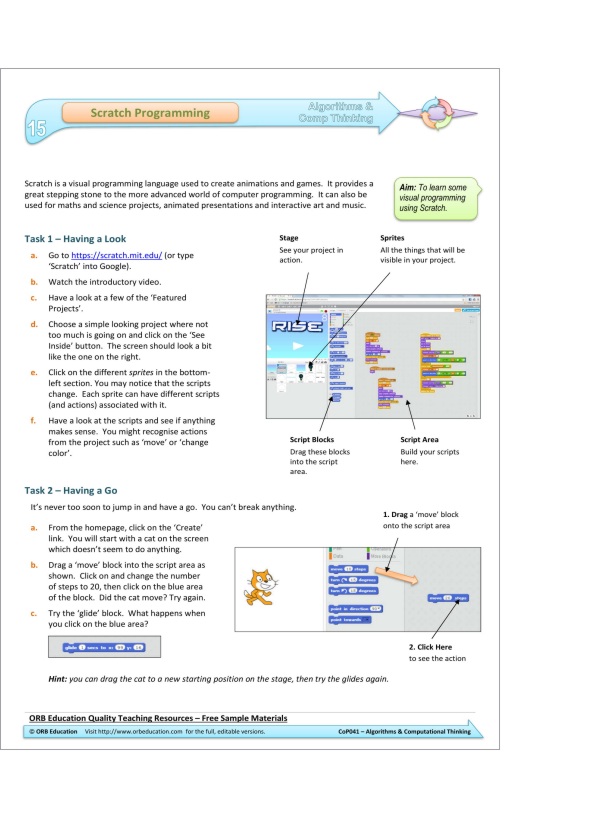
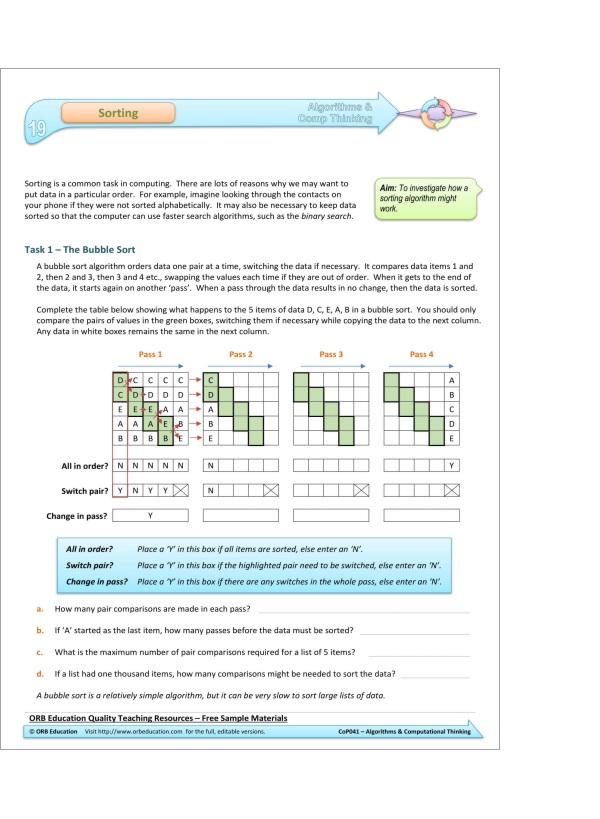
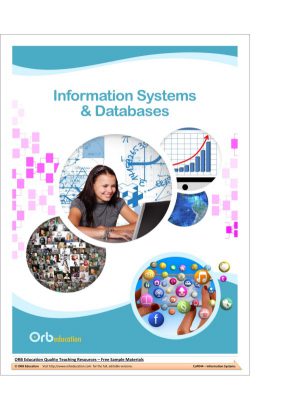
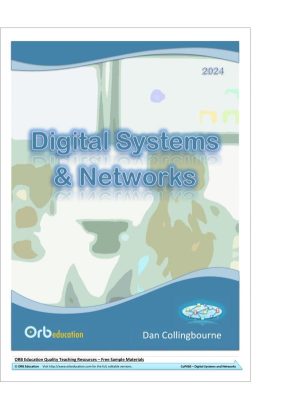
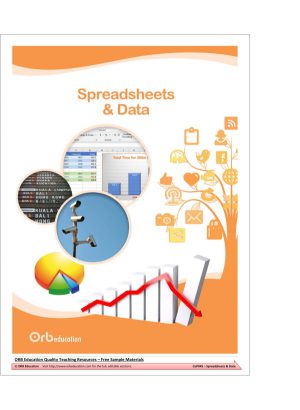
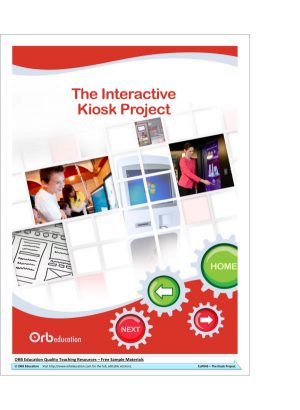
Reviews
There are no reviews yet.